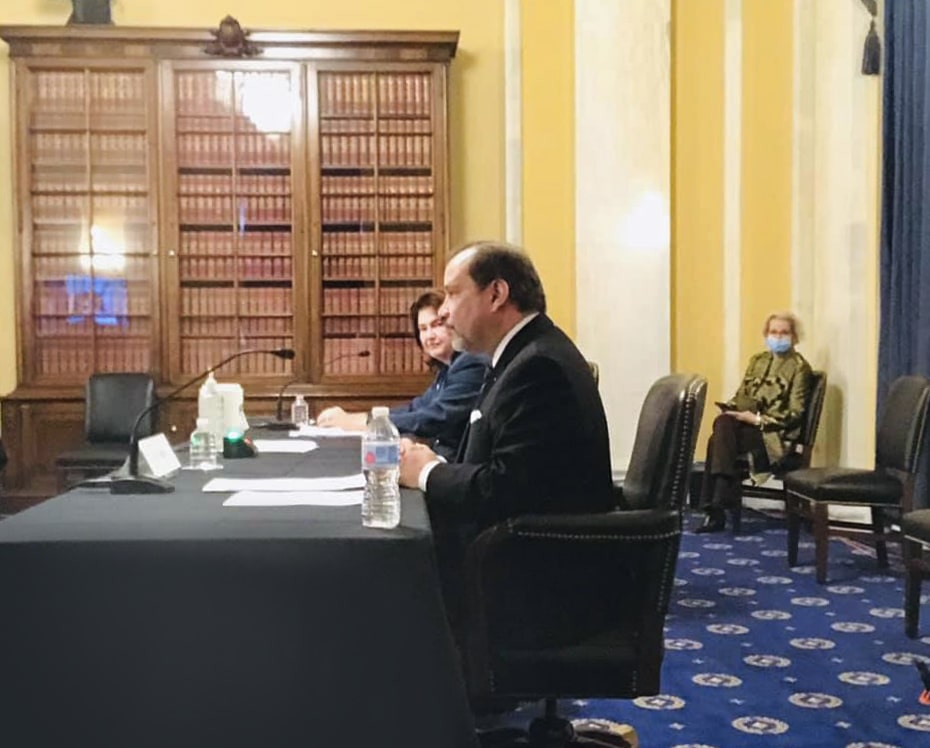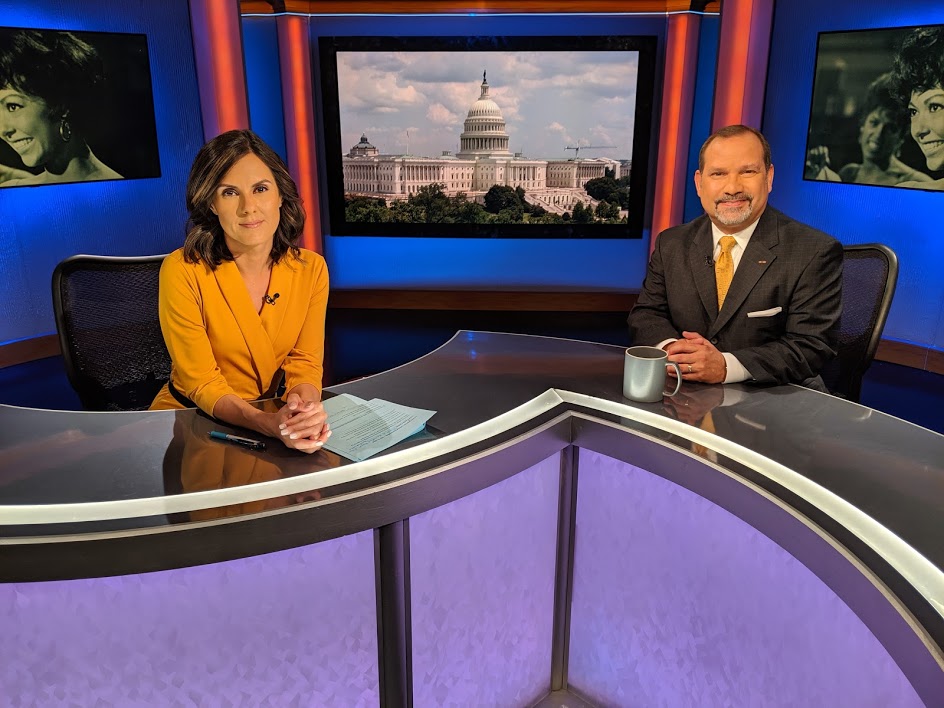with twenty-one museums (and a National Zoo) under its purview. In 2022 alone, there were 217 exhibitions on display and 64 new exhibitions opened with 13.7 million in-person visits. The National Museum of African American History opened its doors in 2016, but it’s not the newest Congress-approved museum.
In December 2020, Congress enacted legislation to establish the National Museum of the American Latino (NMAL).
The formalized effort dates back twenty-nine years to 1994, when the Smithsonian Institution Task Force on Latino Issues rendered its findings with the report titled Willful Neglect.
“They [Latinos] have contributed significantly to every phase and aspect of American history and culture,” the report reads. “Yet the Institution almost entirely excludes and ignores Latinos in nearly every aspect of its operation.”
The effort to right this wrong has lasted for nearly thirty years, and it’s not over. The National Museum of the American Latino finally received its congressional approval for construction in 2020 through the hard work and consensus building of hundreds of stakeholders. But as acting NMAL Deputy Director Eduardo Díaz knows better than most: “It’s one thing to authorize. It’s quite another to allocate.”
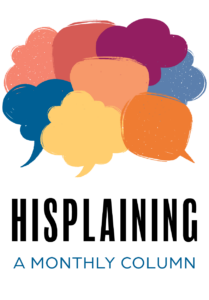


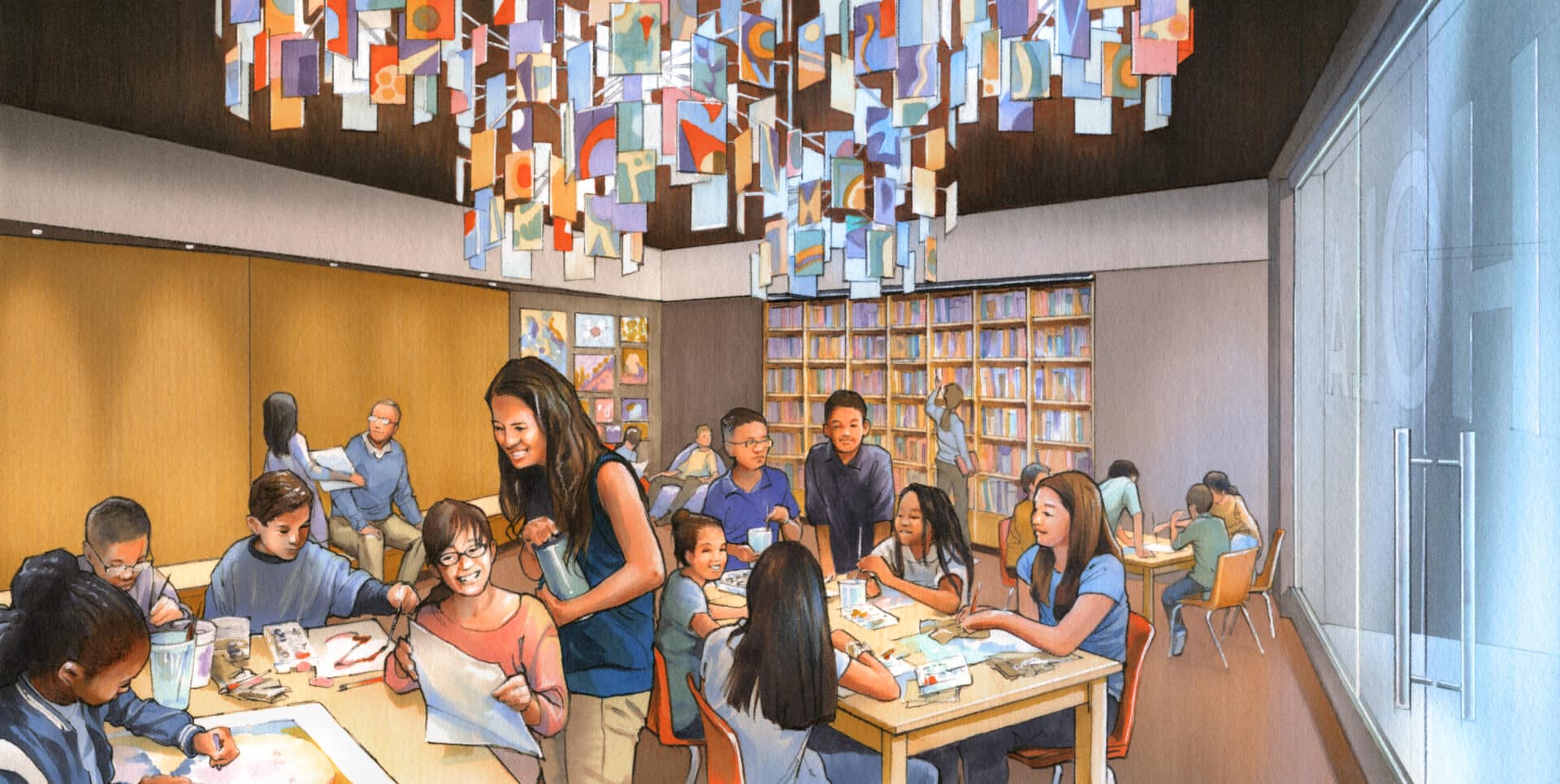


![[UPDATE]Chapter-One-The-Genesis-Text](https://hispanicexecutive.com/wp-content/uploads/2023/05/UPDATEChapter-One-The-Genesis-Text.png)

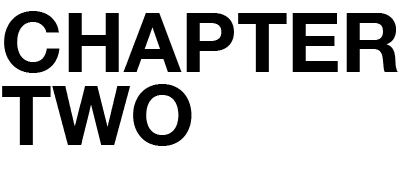
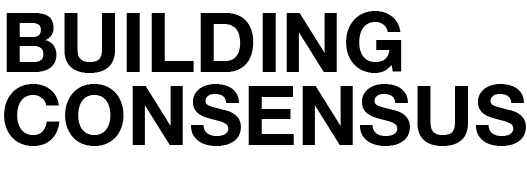



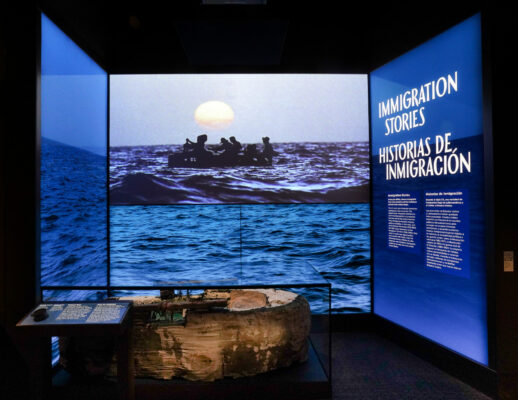
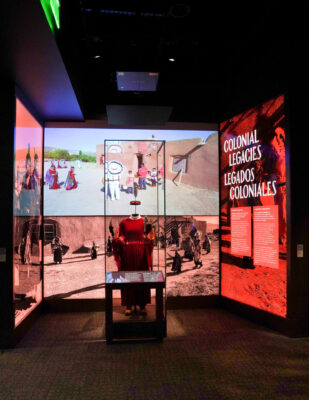
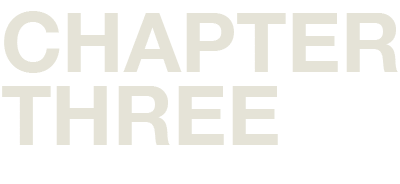
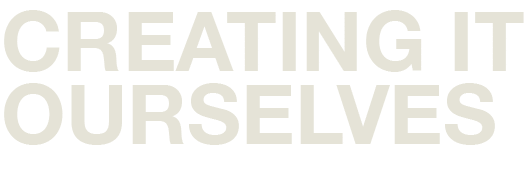



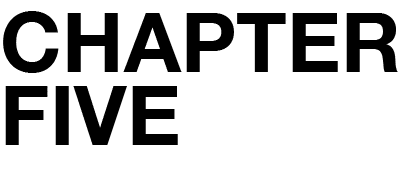
![[UPDATE]Chapter-Five-Bringing-in-New-Leadership](https://hispanicexecutive.com/wp-content/uploads/2023/05/UPDATEChapter-Five-Bringing-in-New-Leadership.png)


